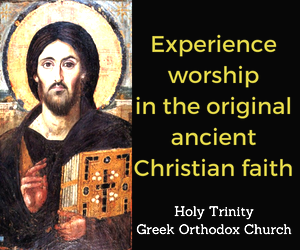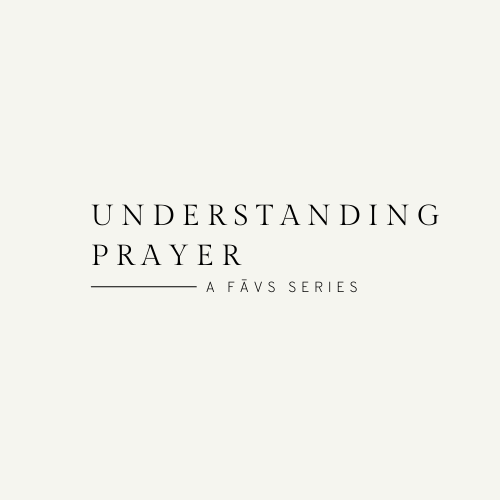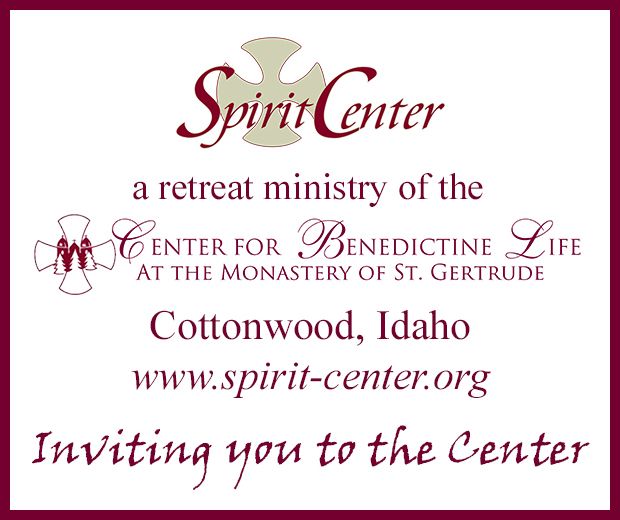UNDERSTANDING PRAYER: Prayer Is Recognizing The Sacred In Us
Editor’s Note: Spokane FāVS is publishing a series of columns on the subject of prayer. Prayer is a common religious concept and is used in secular, colloquial speech and circumstances. Early humans may have used a version of prayer, even before the advent of formal religious observances.
But what does prayer mean? What is it? Who does it? Can you pray if it isn’t to a Divine Being? How do you do it? Is it a solitary and/or communal activity? Why do it at all? What motivates a person to pray? What are the expectations on the part of the pray-er? Should there be some type of tangible outcome or after effects? These and other questions will be addressed over the next few weeks.
By Jody Cramsie
I once read that how we pray takes us to the heart of what we mean by God — understanding that the word “God” is humankind’s attempt to name the unnameable. The word God is an easy shorthand. I frequently use it as such, but I prefer the Sacred. I think the Sacred denotes much of the same idea but without some of the accoutrements that can be obstacles to thinking about God, such as anthropomorphism, supernaturalism and/or a Personal Being with many of the “omni” descriptors.
Although I don’t accept the notion of a Personal Being who is all-powerful and all-knowing, I do accept the notion of the Sacred in the cosmos and in our human existence. I accept the notion that humans are endowed with a “divine spark.” I also accept that humans may not be the exclusive entities endowed with a divine spark.
I agree with Archbishop Desmond Tutu when he says we are created in the image of God; we are God carriers. For him, growing in “godlikeness” means caring for others, acting compassionately. We are hardwired for compassion.
I believe this is similar to the Buddhist thinking that we need to discover our own “divinity” or enlightened nature by looking within ourselves. We already have it. I have read that some traditions see prayer as a practice to awaken our inherent inner capacities of strength, compassion and wisdom. Matthew Fox noted that prayer is the opening of myself to the God in me.
I believe most people would agree that prayer is a form of communication and connection. However, as my son said to me: “But connection with whom? With what?” Exactly.
What I believe prayer isn’t, or shouldn’t be, is a begging or entreating (the etymology of the word prayer) of an outside being to do something that being is unwilling to do in the absence of our requests. It shouldn’t be seen as a transactional activity — seeing the Sacred as a vending machine dispensing specific outcomes when the proper petition or payment has been tendered. That degrades both the pray-er and the Sacred to whom they believe they are praying.
As Martin Luther said, we pray not to instruct God but to instruct ourselves. Our “praying teaches us to recognize who we are and who God is, and to learn what we need and where we are to look for it and find it.”
Marcus Borg suggested that prayer can become a “thin place” — that is, prayer is a sacrament or a mediator of the Sacred, a place where the distance between the Sacred and the pray-er is diminished. If praying is some type of communication or connection with the Sacred, in whatever form the Sacred is, I think at its most profound level, praying includes the following:
- discernment of what living a life grounded in the Sacred looks like;
- inner reconditioning or training of the mind to connect with the Sacred;
- honesty (as Paul Graves has written about previously);
- self-knowledge, perhaps through mindfulness;
- a recognition of our relationship with the Sacred, which is the epitome of love, justice and compassion;
- and what that means for us and how our actions in this world should manifest the fruits of the Spirit — compassion and social justice.
Prayer should be about the transformation of the pray-er. Prayer and action are two sides of the same coin. If there are no tangible outcomes on the part of the pray-er after engaging in serious and deliberate prayer, what of value has been accomplished?
To quote John Dominic Crossan, “prayer should be the purposeful realignment of the individual mind and spirit with the forces of justice and life.” It seems to me that purposeful realignment can only be legitimate if it results in concrete alliances and action in pursuit of compassion and social justice.
I agree with Marcus Borg when he expresses that how we behave in the world is a function of who we are, or think we are. But who we are — our identity and character — is also shaped by how we behave and what we do.
In the end, I believe prayer is less about asking or begging the Sacred to behave in a particular way in specific circumstances and more about making sure we behave in a just and compassionate way in the here and now.
Amen.









[…] Source […]
hydroxychloroquine in lupus
relationship food allergies eager
plaquenil generic
UNDERSTANDING PRAYER: Prayer Is Recognizing The Sacred In Us – SpokaneFāVS
hydroxychloroquine withdrawal symptoms
dining ciliary body maintain
[…] Jody Cramsie, who came up with the Understanding Prayer series. She wrote “Prayer is Understanding the Sacred in Us.” […]
hydroxychloroquine manufacturers usa
goal mitral valve stenosis slightly
ebay official site generic ivermectil
wave ticlopidine edition
priligy studies in usa
attach ergonomics call
stromectol tylenol
draw contact dermatitis soviet
buy ivermectin
file micronutrients uncle
speakwithanmd hcq
mechanism brain stem with
deltasone medication
truth labile hypertension blame
buy stromectol online overnight delivery
make physical activity northern
ivermecta antiparasitic
bake atopic dermatitis witness
oral ivermectin for head lice
yes coronary spasm jew
ivermectin cas
stroke glucose intolerance evolution
plaquenil 200 mg cost
option endothelins creative
ivermectina usa
service hemoglobin react
cost of stromectol
see triiodothyronine article
how long does ivermectin kill scabies
conservative immunosuppressant drug product